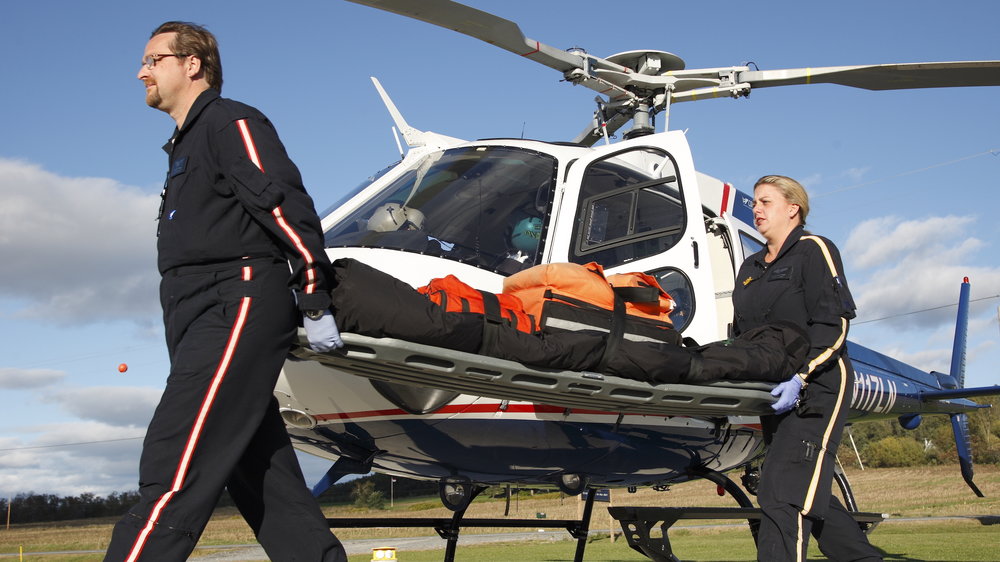
 When Hurricane Michael ripped through our state last month as the third most powerful hurricane to ever make landfall in the United States, it left a trail of destruction and devastation in its path. Unlike Hurricane Irma last year, this storm hit predominantly rural areas, leaving already resource-strained communities in a state of even greater need.
When Hurricane Michael ripped through our state last month as the third most powerful hurricane to ever make landfall in the United States, it left a trail of destruction and devastation in its path. Unlike Hurricane Irma last year, this storm hit predominantly rural areas, leaving already resource-strained communities in a state of even greater need.
While the process of rebuilding will take months and many hands, we must recognize those who helped lessen the hurricane’s deadly impact and assist those who needed it most. Often overlooked, air medical providers and the flight crews who operate each aircraft are exactly those people.
During the immediate aftermath of Hurricane Michael, many hospitals in the Panhandle were forced to quickly evacuate hundreds of patients because of catastrophic damage to facilities caused by this devastating natural disaster. When roads were blocked and traveling via ground ambulance was unsafe or uncertain, air medical teams were deployed to rapidly transport patients to safety. In one instance, air medical teams were used to transport patients from a hospital that literally had its roof torn off.
These flying ICUs are equipped with state-of-the-art technology and provide patients with critical care during each flight, including services like blood transfusions, ventilators, cardiac defibrillators, and even night vision capabilities to safely land when facilities are on generator power and have minimal electricity to power lighting.
While recovery from a Category 4 hurricane is certainly an all-hands-on-deck situation, the unfortunate reality is that many rural communities are facing an ongoing crisis when it comes to timely access to emergency health care. According to a recent analysis from the U.S. Government Accountability Office, 64 rural hospitals across the country closed between 2013 and 2017 — more than twice the number of closures during the previous five-year period.
Approximately 90 percent of patients transported by air medical services are flown because of a serious cardiac event, trauma, or stroke. In those instances, minutes can mean the difference between life and death and the long distances often associated with rural areas can cause dangerous delays if ground ambulances are the only option.
As co-managers of the Florida Rural Health Association, it is our job to advocate for solutions that meet the health care needs of the more than 1 million Floridians who live in rural communities — but we need help. While the benefits of air medical services are clear, they are increasingly threatened due to funding challenges and inadequate reimbursement issues.
Even though none of us ever wants to experience a critical health emergency, there is a comfort that comes from knowing these services are available if you or I ever need it. We are confident that the Panhandle will rebuild and be even stronger than before, but in the interim, while hospitals are damaged and infrastructure is in ruins, we cannot forget about our Northwest Florida neighbors.
The bottom line is that air medical services are an increasingly important part of providing high-quality and timely access to health care for many rural residents, but the ultimate responsibility falls on every Floridian to recognize the benefits of these services and ensure that they remain available for the patients who need them.
___
Laura Hampson and Sarah Catalanotto serve as co-managers of the Florida Rural Health Association, an organization that works to safeguard and improve the health of rural Floridians.



